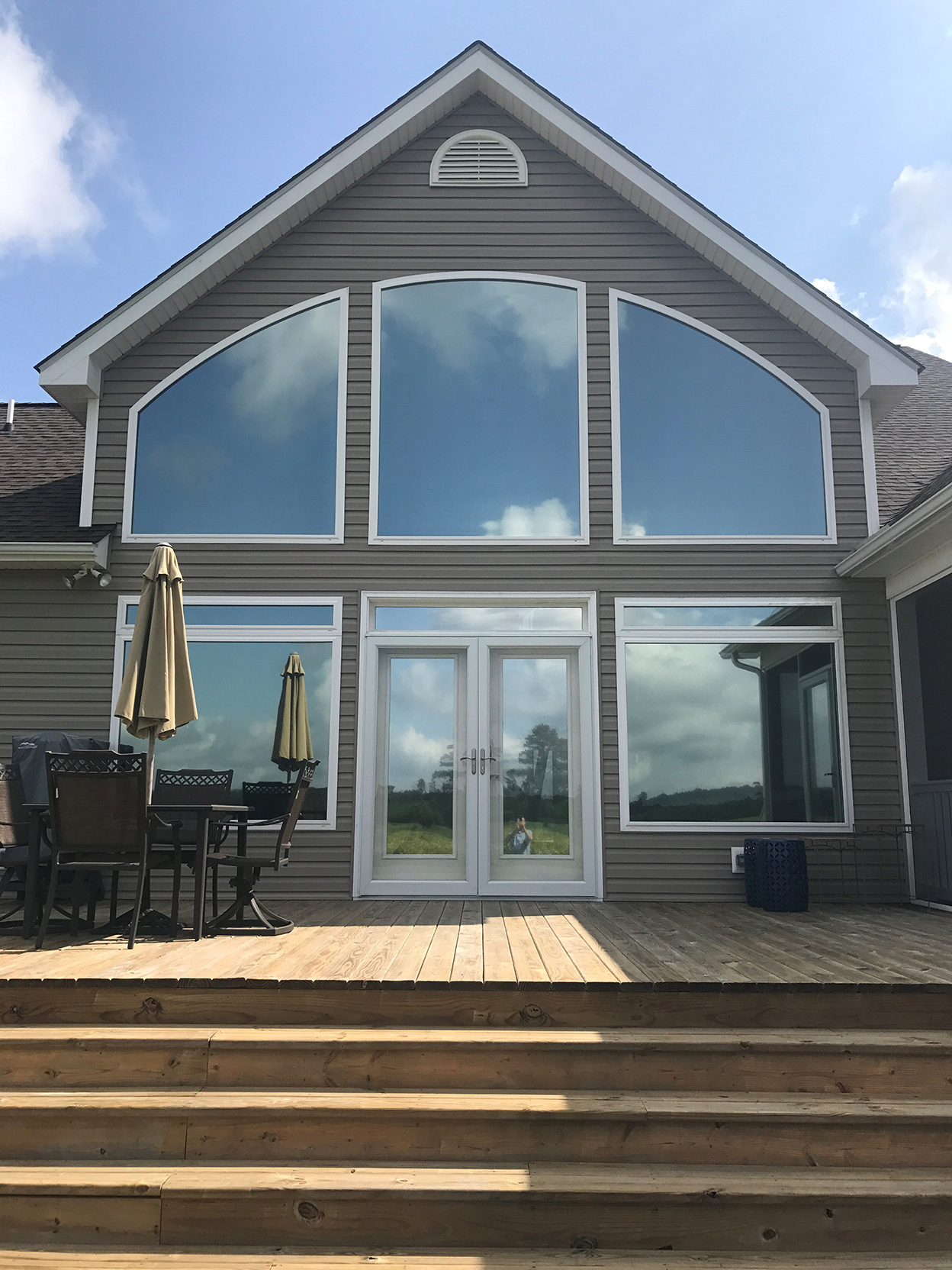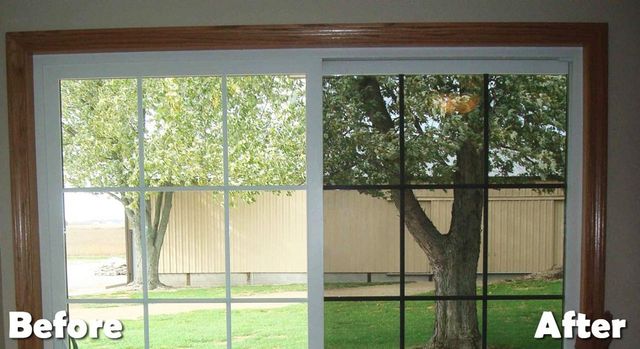Discover the Long-Term Perks of Residential Window Tint for Your Home
Discover the Long-Term Perks of Residential Window Tint for Your Home
Blog Article
Exactly How Residential Window Tinting Improves Your Home's Energy Effectiveness
Residential window tinting provides an engaging option for house owners looking for to improve energy efficiency within their living areas. By applying specialized films to windows, it successfully lowers warm transfer, consequently stabilizing indoor temperatures and reducing the need for excessive home heating or cooling. This not just reduces energy consumption but additionally provides an extra comfortable setting by mitigating glow. Understanding the nuances of just how tinting jobs and choosing the ideal kind for your home can be crucial. Strangely enough, what variables should one take into consideration prior to making this investment?
Comprehending Window Tinting
Recognizing home window tinting is crucial for homeowners seeking to enhance both comfort and energy effectiveness in their home. Residential Window Tint. Home window tinting entails the application of a slim film to the inside or outside surface of glass home windows. This film can substantially modulate the quantity of sunshine and warm that goes into a home, therefore affecting interior environment conditions
There are different kinds of home window tinting movies available, each with distinctive residential or commercial properties. The efficiency of home window tinting is typically determined by its Visible Light Transmission (VLT) percent, which shows exactly how much light can pass with the movie.
Benefits of Energy Effectiveness
Window tinting not only improves looks but also plays a significant duty in boosting energy effectiveness within residential rooms. By decreasing warmth transfer through home windows, colored films create an extra secure interior climate, which can cause significant decreases in power consumption for heating & cooling. This energy efficiency equates right into reduced utility costs, supplying homeowners with substantial long-lasting savings.

Additionally, home window tinting enhances the comfort of living rooms. By minimizing glare and obstructing dangerous UV rays, colored home windows produce an even more enjoyable environment, which can result in boosted well-being for passengers. The security against UV rays likewise aids maintain furniture and flooring from fading, adding to the durability of home things.
How Tinting Works
Tinting films operate with a combination of innovative materials and technologies created to manage the amount of solar energy going into a home. Mostly composed of polyester, these films often include metal or ceramic particles that take in and reflect warmth. This dual capability permits them to significantly decrease the infiltration of ultraviolet (UV) rays and infrared radiation while allowing visible light to pass through.
The performance of home window tinting is measured by its solar warmth gain coefficient (SHGC), which suggests just how much solar power is transmitted with the window. Reduced SHGC values are more effective as they signify higher warmth rejection. In addition, home window colors can include a variety of shades, permitting homeowners to customize their visual preferences while enhancing energy efficiency.
Furthermore, these movies serve as a barrier, protecting against warm loss throughout colder months by reflecting indoor heat back right into the space. This thermal insulation impact enhances the cooling benefits acquired throughout warmer months, adding to a well balanced indoor environment year-round. By taking care of solar power effectively, property window tinting not just improves comfort but also plays a vital role in minimizing energy consumption and lowering energy costs.
Choosing the Right Color

There are different kinds of window films offered, including colored, metalized, and click for more ceramic. Ceramic movies offer excellent warmth control without jeopardizing exposure and are very durable, making them a prominent selection.
Noticeable light transmission (VLT) is an additional essential aspect, as it suggests the quantity of all-natural light that can travel through the tinted glass. Homeowners must pick a tint with a VLT that enhances their lights preferences while still offering appropriate glow reduction.
Additionally, analyzing the solar warm gain coefficient (SHGC) can assist determine just how well a color can block heat from sunlight. A reduced SHGC indicates much better warm control, eventually boosting power efficiency.
Installation and Upkeep Tips
Proper installation and maintenance are crucial parts in maximizing the benefits of domestic window tinting. To achieve ideal outcomes, it is advisable to hire a qualified specialist for setup. This ensures that the color is used properly, preventing air bubbles, wrinkles, or misalignment that might compromise efficiency. Professionals additionally use specialized tools and methods, which can boost the toughness and performance of the color.
Complying with installment, upkeep is important to lengthen the life of the window film. It is advised to wait a minimum of thirty days before cleaning the colored home windows to allow the sticky to treat totally. When cleansing, utilize a soft towel and a gentle, ammonia-free cleaner to avoid harming the film. Stay clear of unpleasant products that could damage the surface area.
Addressing these problems promptly can avoid additional damage and keep power efficiency. By sticking to these installment and maintenance pointers, homeowners can guarantee their window tinting continues to offer considerable energy savings and convenience for years to come.
Conclusion
In verdict, residential window tinting works as an effective option for boosting power efficiency within homes. By decreasing warmth transfer and blocking dangerous UV rays, home window films contribute to decrease power usage and enhanced interior convenience. The option of ideal tinting products, together with appropriate installment and maintenance, additionally takes full advantage of these benefits. Ultimately, window tinting stands for a sustainable investment that not just decreases energy bills yet additionally promotes a comfortable living atmosphere throughout the year.
Window tinting entails the application of a slim film to the inside or outside surface area of glass home windows. By decreasing warmth transfer news through windows, tinted movies create a more secure interior environment, which can lead to considerable reductions in energy consumption for heating and cooling.The efficiency of home window tinting is gauged by its solar heat gain coefficient (SHGC), which indicates exactly how much solar power is sent through the home window. By managing solar power properly, residential home window tinting not only improves convenience but also plays an important function in minimizing power intake and decreasing energy bills.
By decreasing warm transfer and blocking hazardous UV rays, window films contribute to reduce energy usage and enhanced interior this content comfort.
Report this page